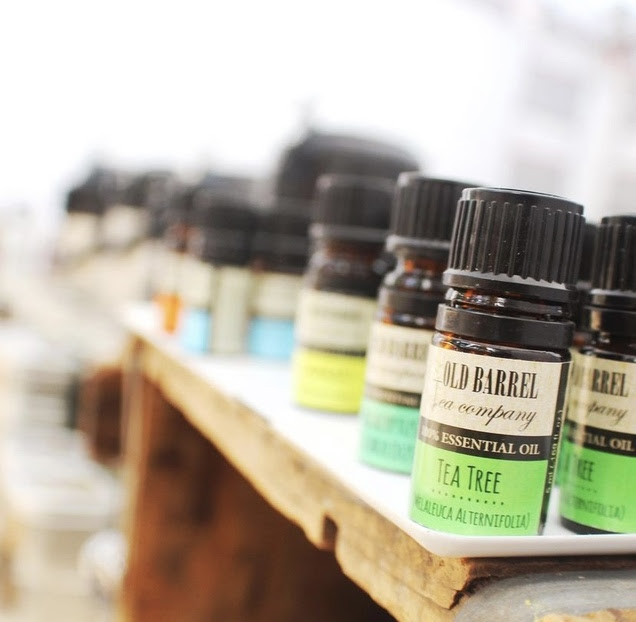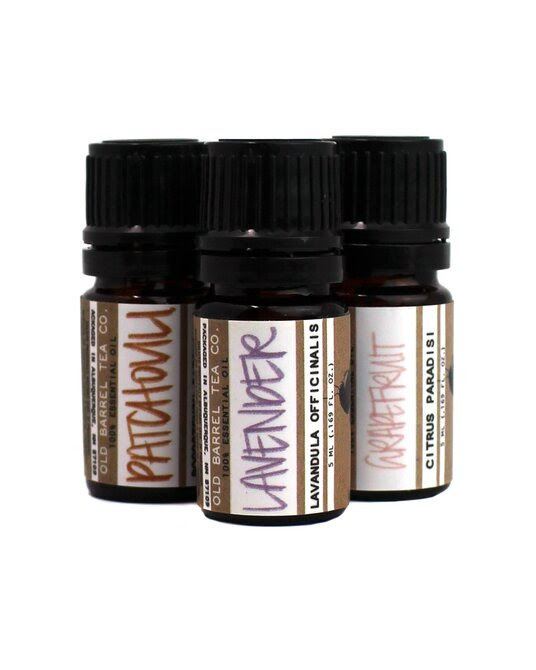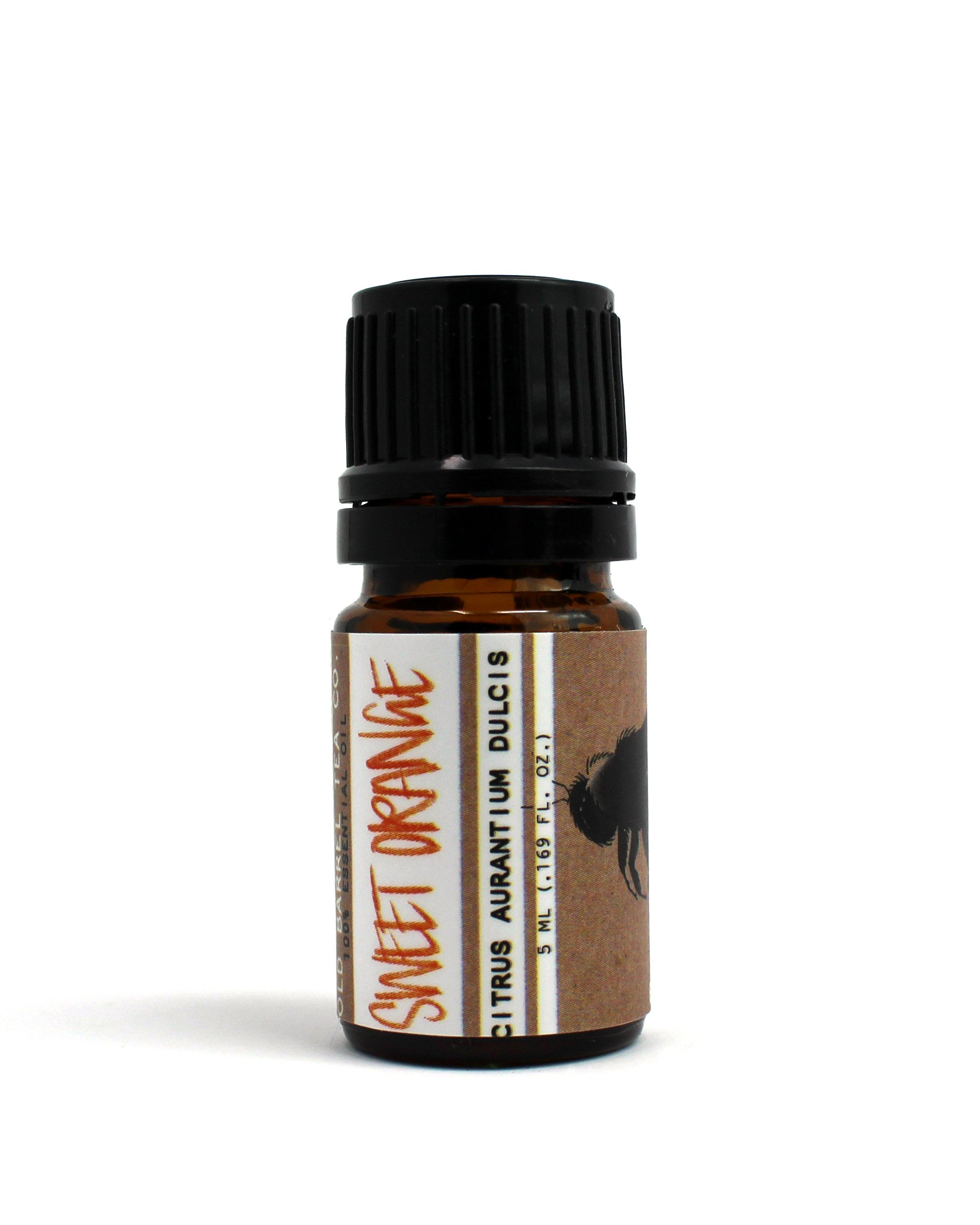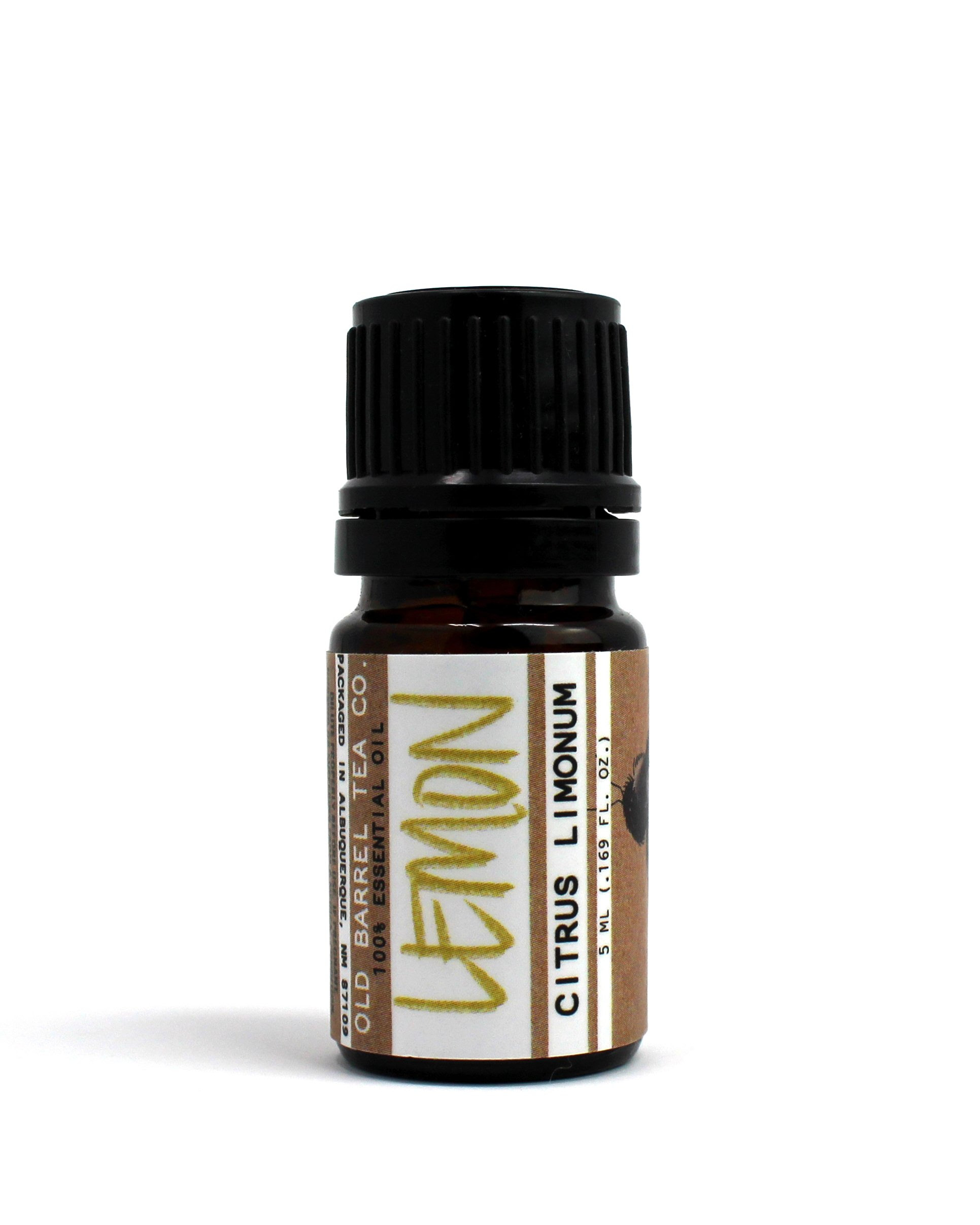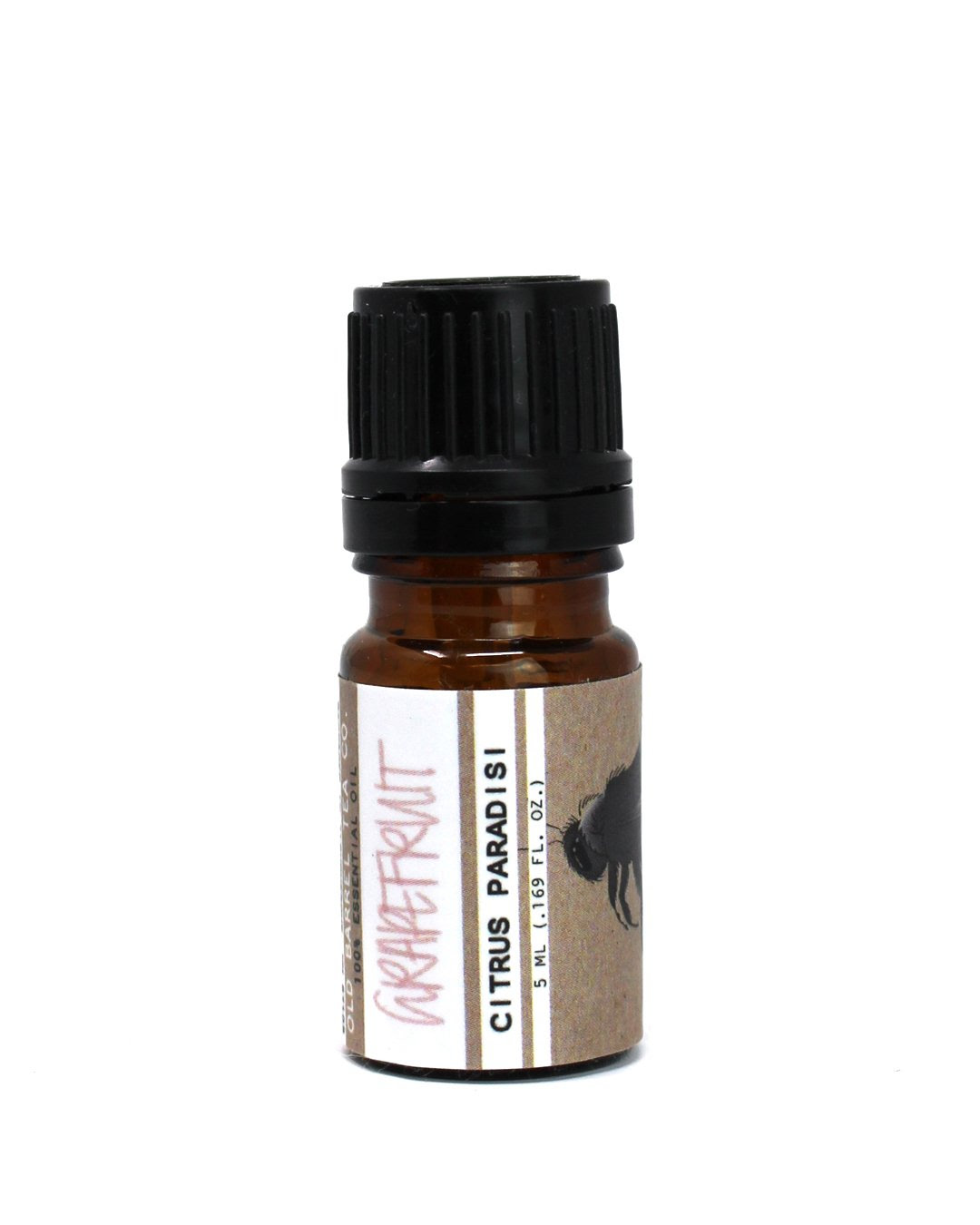
ESSENTIAL OIL SCIENCE 🌿
Share
Essential Oil Chemistry:
how aromatherapy works in your body
What is Aromatherapy?
Aromatherapy is the practice of using essential oils for therapeutic benefit. When inhaled, the scent molecules in essential oils travel from the olfactory nerves directly to the brain and especially impact the amygdala, the emotional center of the brain. Aromatherapy has been used for centuries and originated in India, Egypt, and China, where they used plant extracts to make resins, balms, and oils that were used in ceremonies, embalming, and offerings to their gods.
Fall Florals Essential Oil Blend
Aromatic Description:
sweet musk ∙ herbaceous florals ∙ late harvest citrus
The aromas of this blend capture the early Fall floral blooms of soft lavender, as notes of sweet musky earth blend with aromas of energizing late harvest citrus. This blend is intended to bring out a playful and open-hearted sense that inspires you to welcome the upcoming season of life with gratitude.
THE SCIENCE OF AROMATHERAPY
According to a wonderful book on forrest bathing, The Secret Therapy of Trees, by Marco Mencagli and Marco Nieri, monoterpenes are a broad spectrum of molecules produced by many plants, and are available to us in the form of essential oils.
You can get more monoterpenes by spending time in nature, around plants that release this magical healing molecule, or by enjoying essential oil aromatherapy.
Here are the benefits.
⬇︎⬇︎⬇︎
- Mencagli and Nieri state that monoterpenes reduces stress hormones, boost immunity, and when inhaled, can improve cognitive function, alleviate depression, and improve mood.
- Monoterpenes help to support the respiratory system and are responsible for many of the antibacterial, antiseptic, and antiviral properties in essential oils.
- Studies show that monoterpenes such as limonene, may prevent and treat certain types of cancer. Limonene is found in Grapefruit, Bergamot, Lemon, and Sweet Orange essential oils.
ESSENTIAL OILS WITH A HIGH AMOUNTS OF MONOTERPENES:

